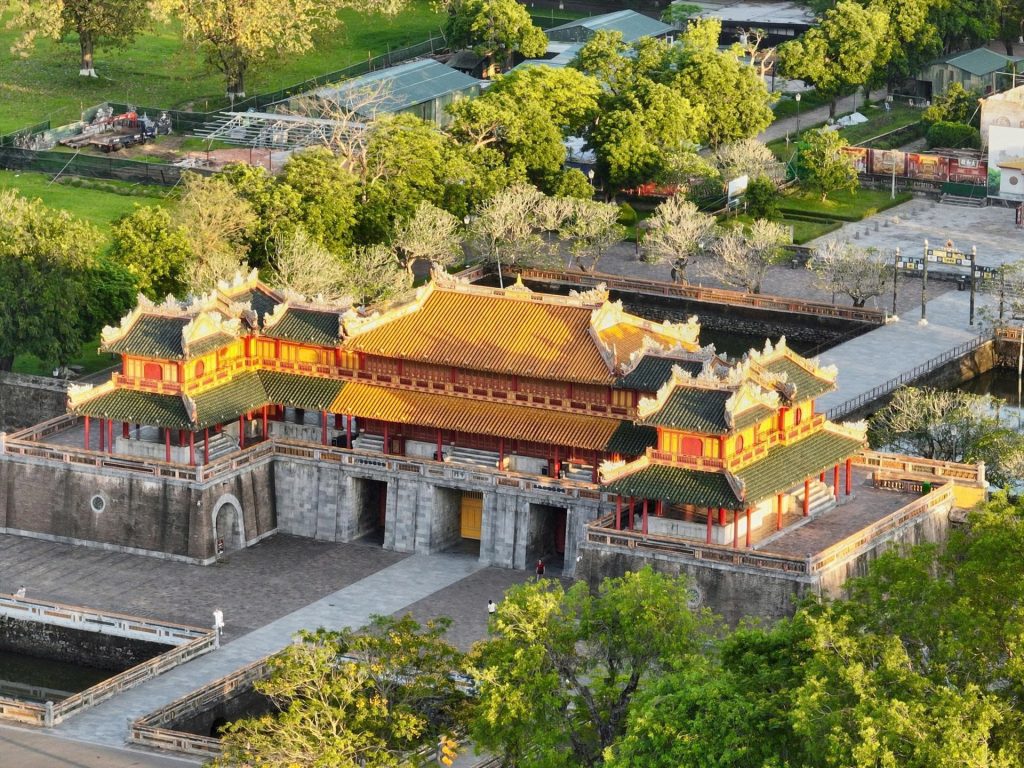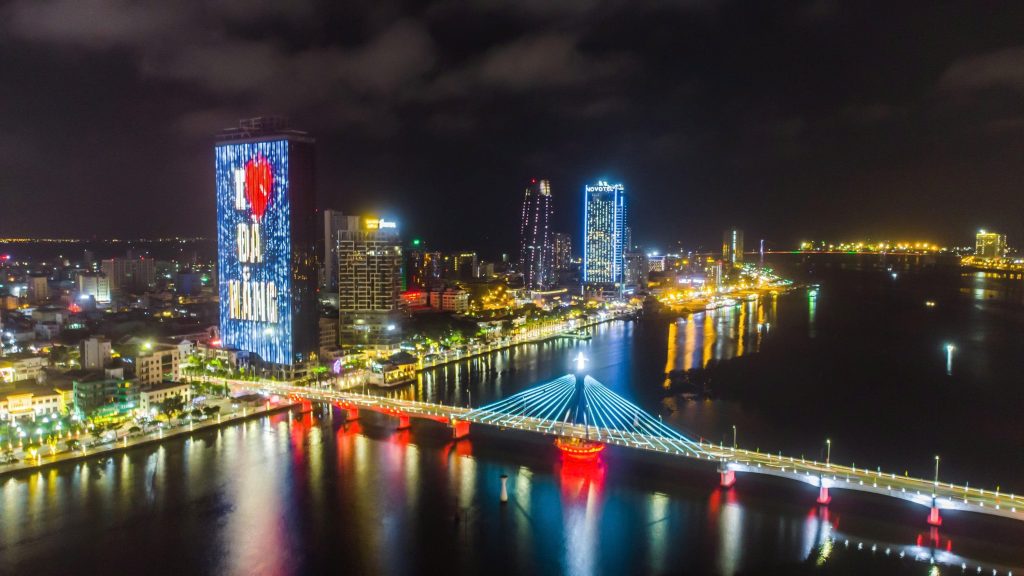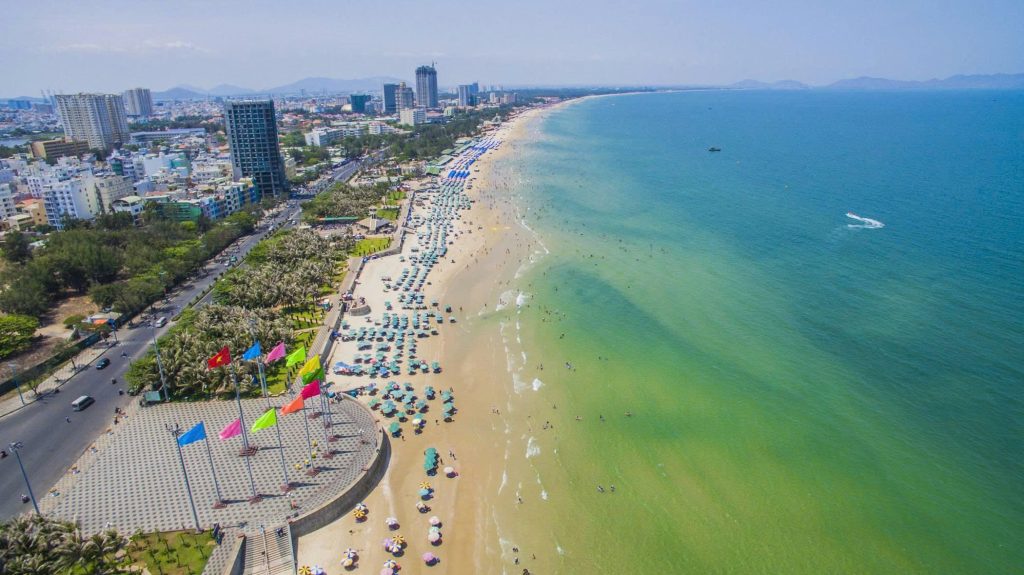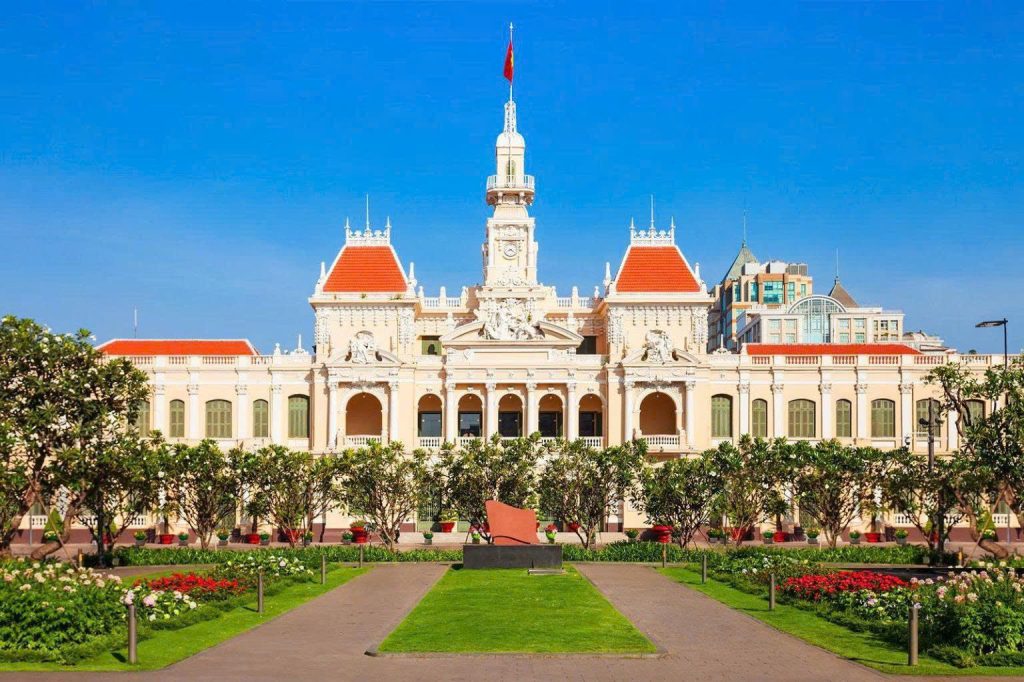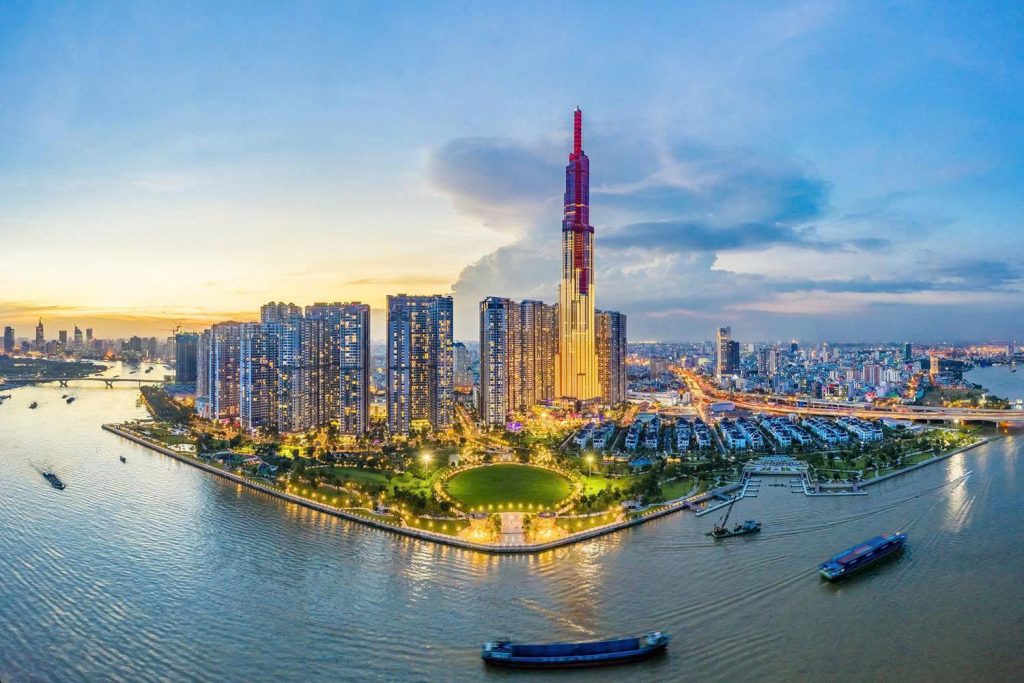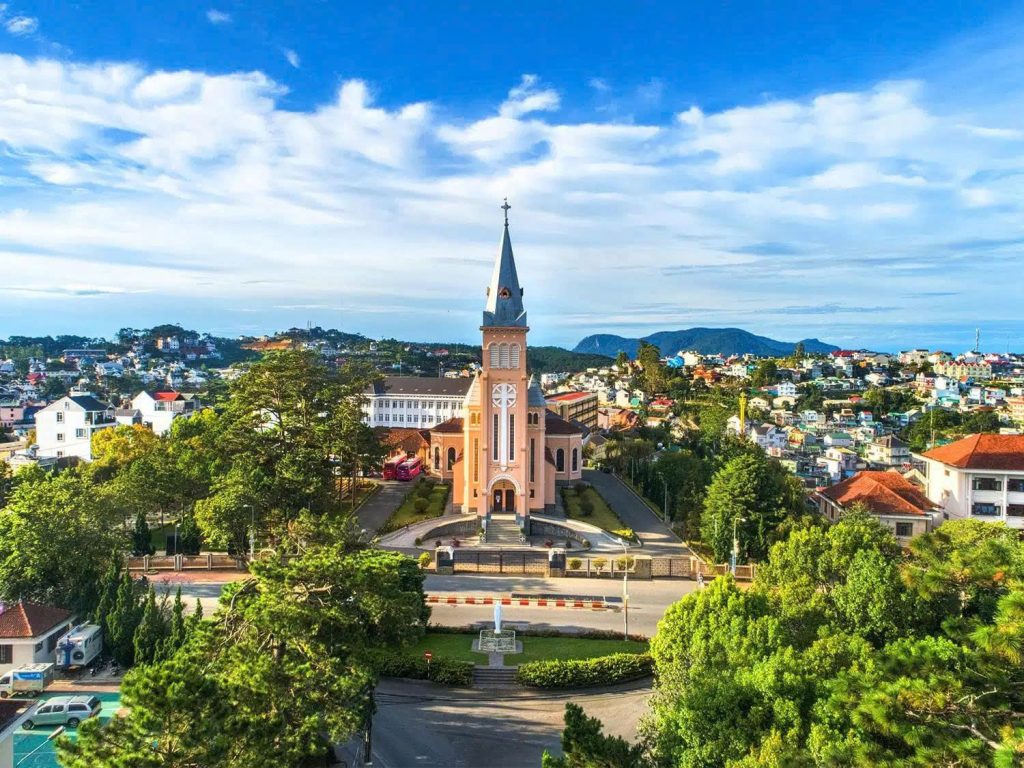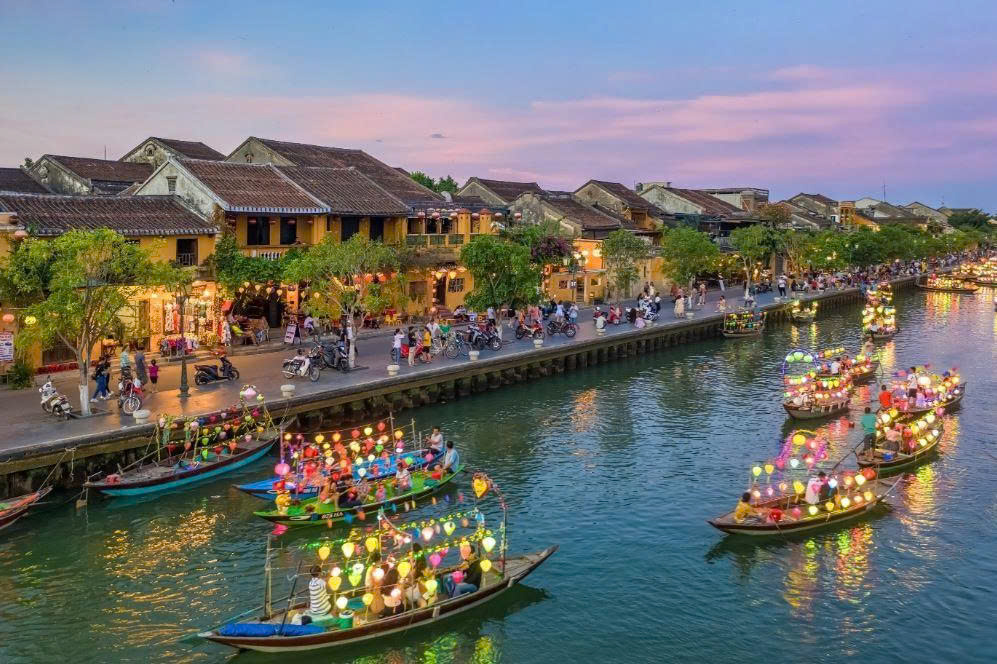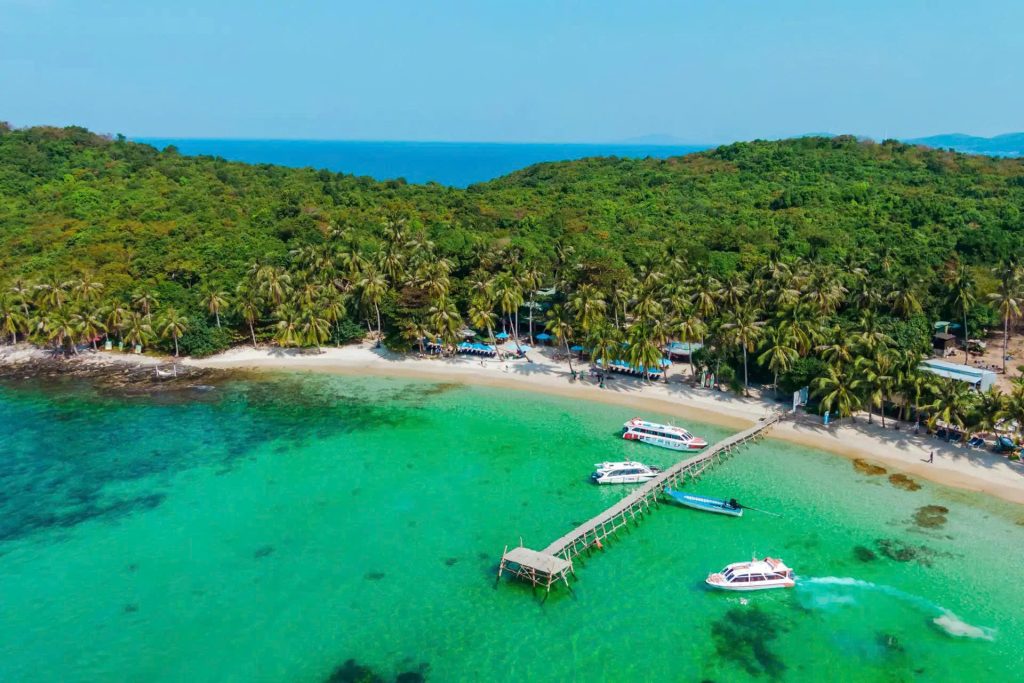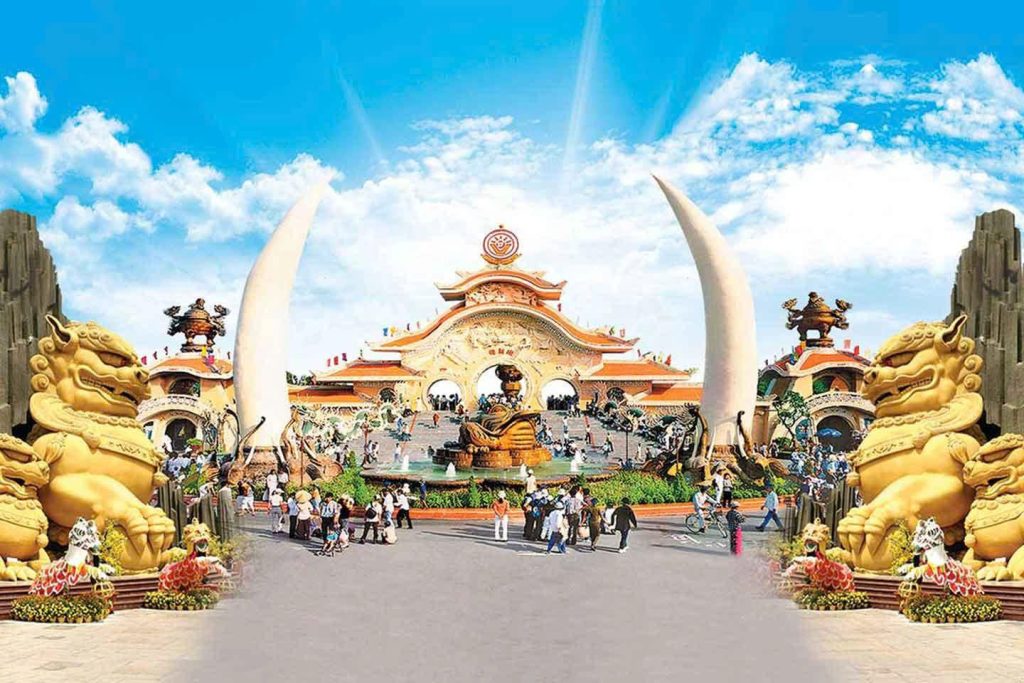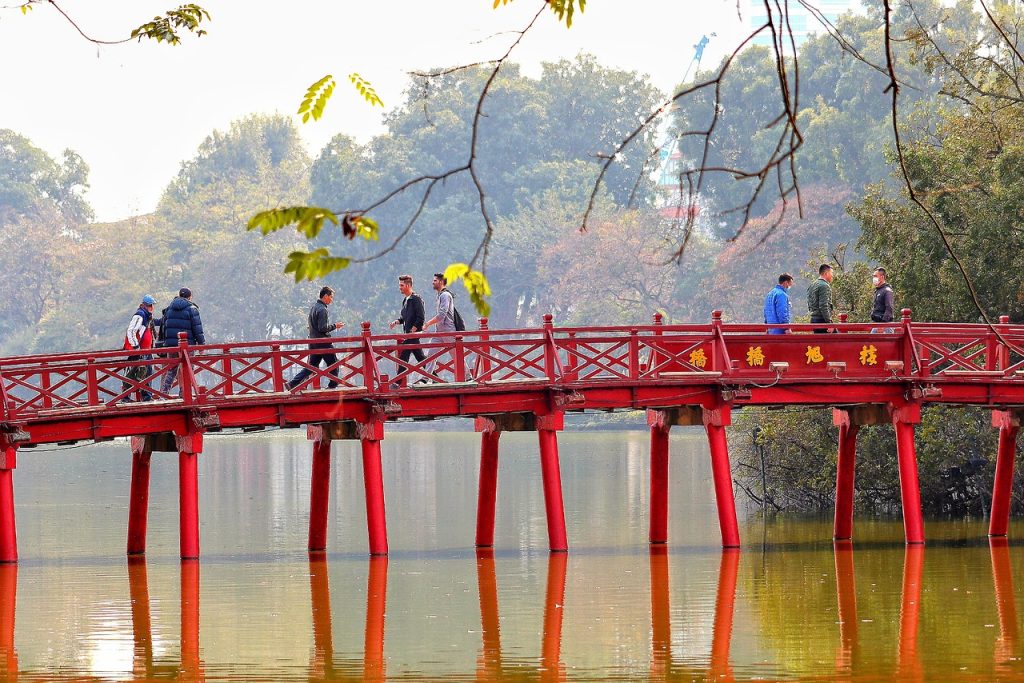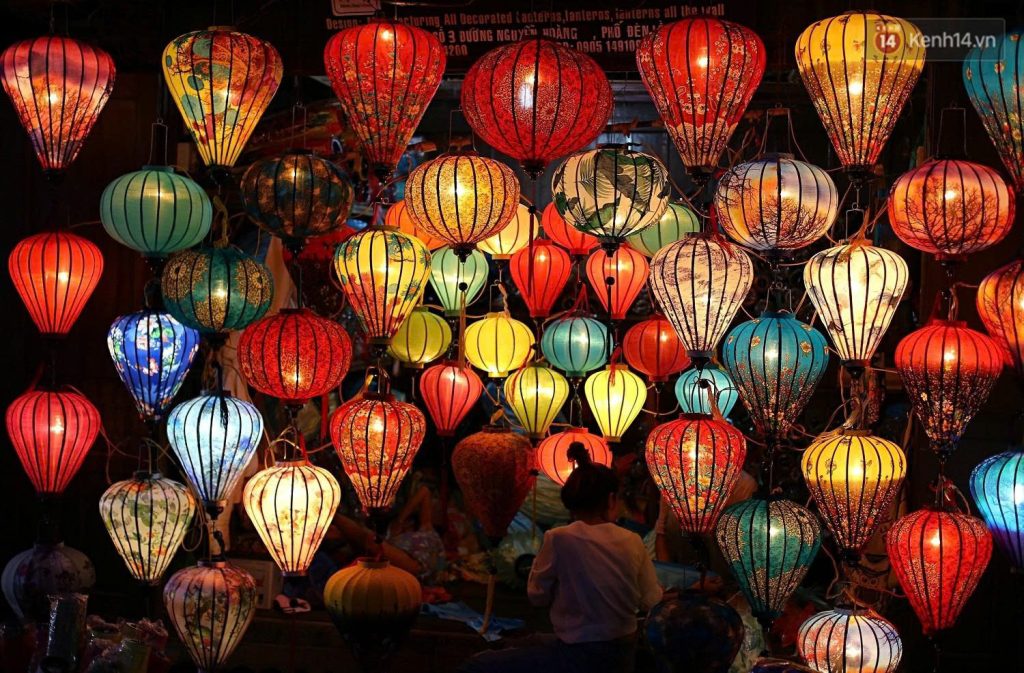Hue, the former imperial capital of Vietnam, stands as a city of profound beauty and historical significance. Yet, beneath its tranquil facade lies a poignant past, deeply intertwined with the Vietnam War. For those seeking to understand the complexities and human stories of this conflict, particularly the infamous Battle of Hue, a guided tour offers an unparalleled opportunity to delve into one of the war’s most brutal and pivotal chapters.
This article will help you navigate the historical landscape of Hue, providing insights into the war’s impact and practical advice for experiencing its indelible marks.
Why Hue is Central to Vietnam War History
While the Vietnam War spanned the entire nation, Hue’s strategic location and its status as a cultural and intellectual heartland made it a critical target and a symbol of both conflict and resilience. The city witnessed some of the war’s most intense urban combat, forever etching its name into the historical narrative.
The Significance of the Tet Offensive in Hue (1968)
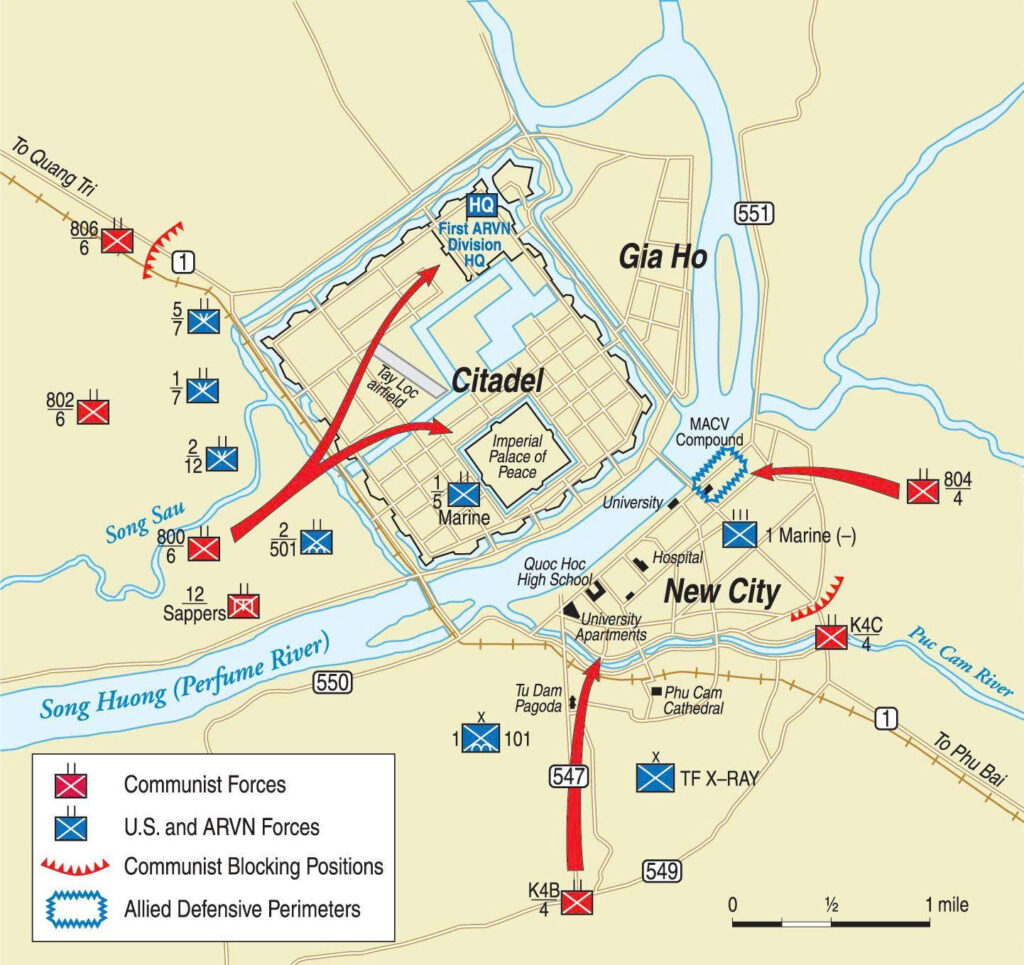
The Tet Offensive of 1968 was a turning point in the Vietnam War, and nowhere was its impact more profoundly felt than in Hue. On January 31, 1968, North Vietnamese Army (NVA) and Viet Cong (VC) forces launched a surprise attack, seizing control of most of the city, including the revered Imperial Citadel.
January 31, 1968, saw NVA and VC forces initiate an unexpected offensive, successfully capturing much of the city, along with the venerated Imperial Citadel.
- Background to the Tet Offensive: The Tet Offensive was a massive coordinated surprise attack against military and civilian commands and control centers throughout South Vietnam. For the North Vietnamese, capturing Hue carried immense symbolic weight.
- Key Events and Timeline in Hue: The ensuing Battle of Hue lasted 26 days, becoming one of the longest and bloodiest ground battles of the war. U.S. Marines and Army of the Republic of Vietnam (ARVN) troops fought street by street, house by house, to reclaim the city. The fighting decimated much of Hue, particularly within the Citadel, leading to immense destruction and civilian casualties.
- The Aftermath and Impact on Hue: The toll on human lives was immense, with thousands of civilians, ARVN soldiers, and NVA/VC combatants losing their lives. The city’s cultural heritage suffered irreparable damage. The battle also had a profound psychological impact on both sides, significantly shifting public opinion about the war in the United States.
Other Notable Skirmishes and Events
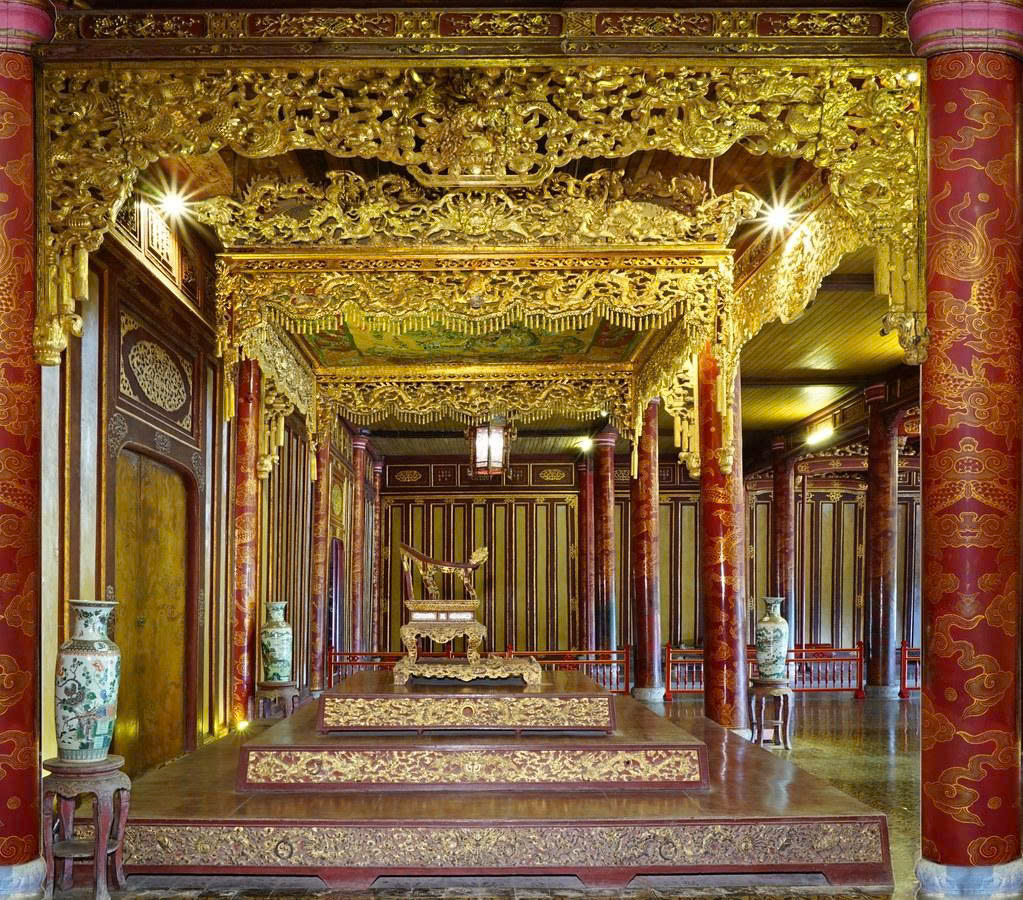
The conflict’s influence extended continuously to Hue and its environs, even after the Tet Offensive. Patrols, skirmishes, and the constant presence of military forces shaped daily life for its residents. The nearby Demilitarized Zone (DMZ), just north of Hue, served as a volatile border, and many operations emanated from bases in and around the city.
RELATED: Boutique Hotels in Hue: Discover Hue’s Charm
Must-Visit Vietnam War Sites in Hue
Exploring these sites with a knowledgeable guide brings the history to life, offering context and personal stories that textbooks often miss.
The Imperial Citadel (Forbidden City)
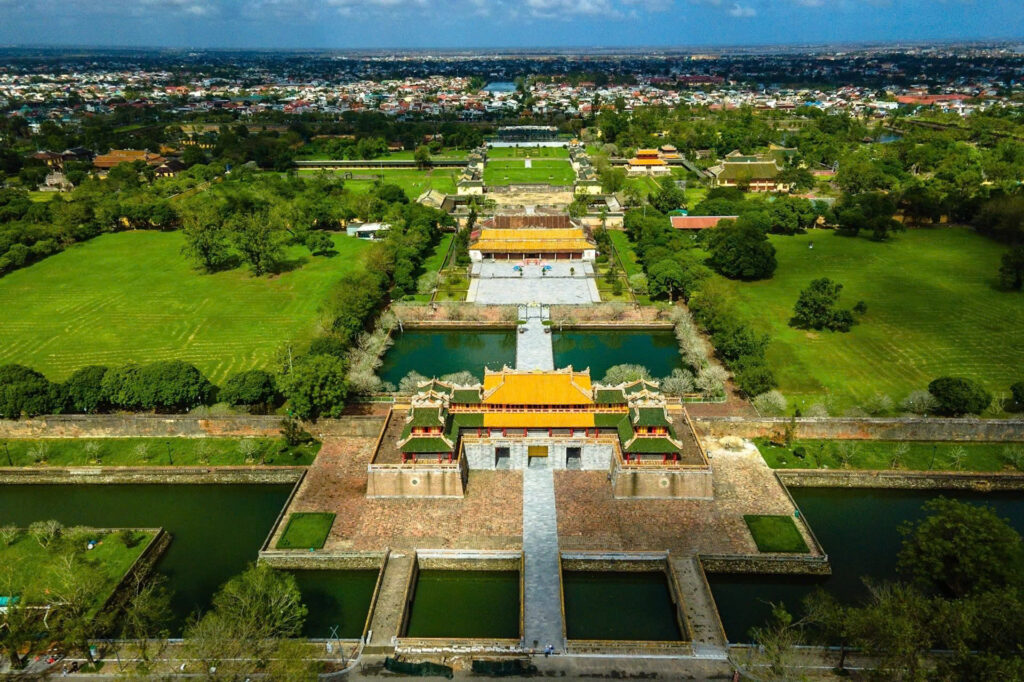
- Its Role During the Battle of Hue: The Citadel, with its thick walls and intricate fortifications, became the central battleground during the Tet Offensive. Both sides fiercely contested its control, resulting in extensive damage to its ancient palaces and temples. Major clashes took place near the Ngo Mon Gate and inside the Forbidden Purple City.
- What to See Today: While much has been painstakingly restored, bullet holes and rebuilt sections stand as poignant reminders of the battle. Your guide can point out specific areas of intense fighting and explain the strategic importance of various structures.
Truong Tien Bridge (Cầu Trường Tiền)
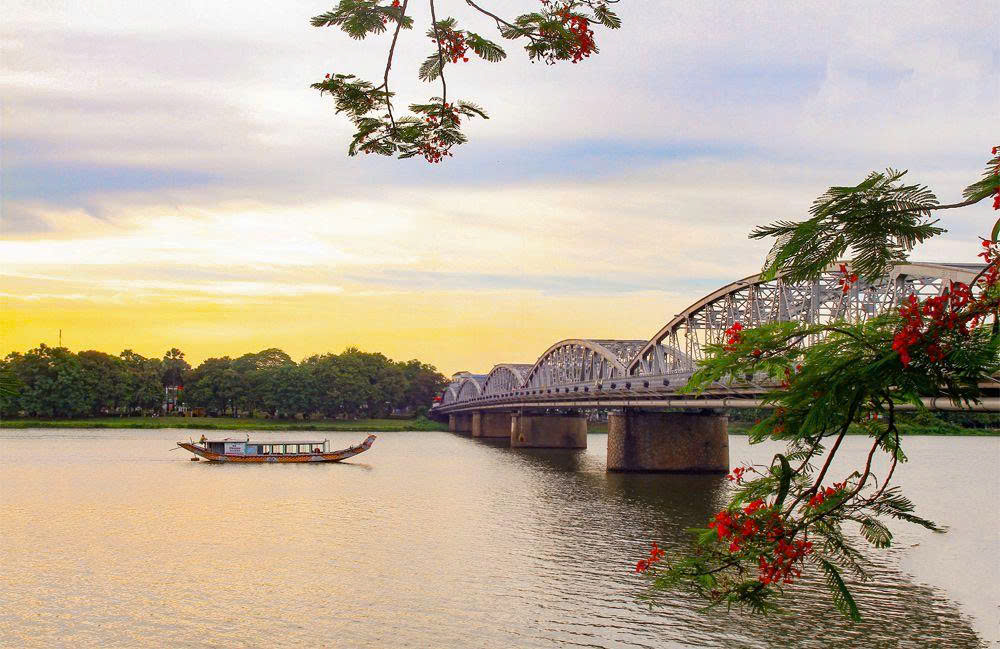
- A Strategic Point of Conflict: This iconic bridge spanning the Perfume River was a critical artery during the war, controlling access between the northern (Citadel) and southern parts of the city. It was repeatedly bombed and rebuilt, symbolizing Hue’s resilience.
Phu Bai Combat Base (Former US Base)
- Historical Significance and Current Status: Located south of Hue, Phu Bai was a significant U.S. military base, serving as an air base and logistical hub. While much of the original base is now civilian land, your guide can explain its former layout and strategic importance, connecting it to the larger context of American military operations in the region.
Dong Ba Market Area
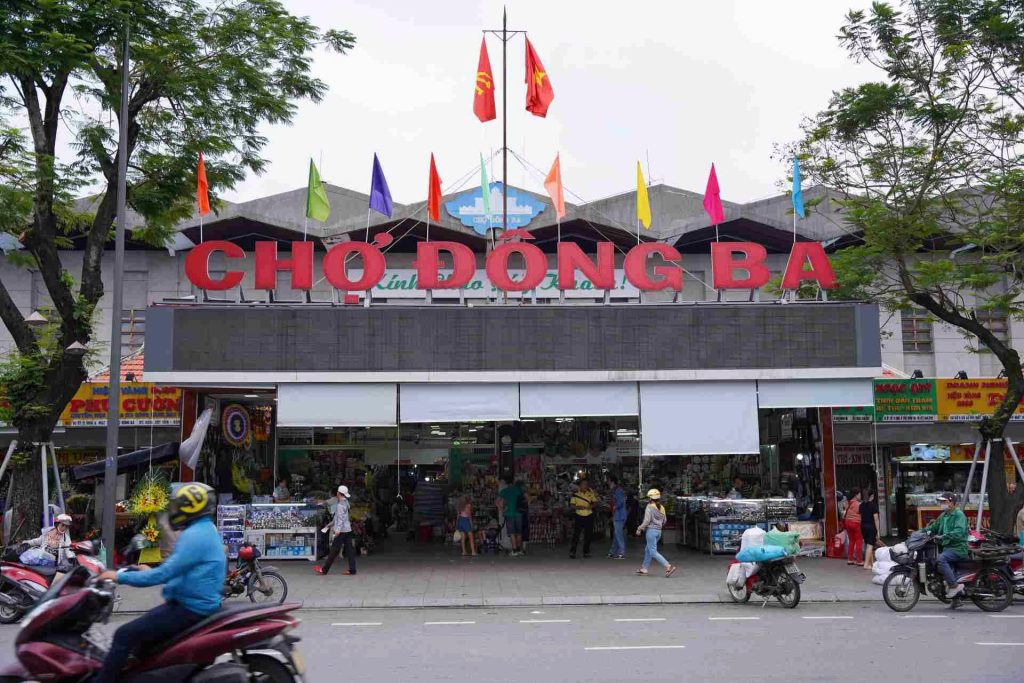
- Civilian Impact and Urban Warfare: This bustling market, a vital part of Hue’s daily life, became a scene of intense urban warfare during Tet. Visiting the market today allows a glimpse into the everyday lives of the people who endured the conflict, and a guide can share insights into the civilian experience.
Other Memorials and Cemeteries
Hue is home to various memorials and cemeteries dedicated to those who lost their lives. Your guide can provide context on their significance and the stories behind them, fostering a deeper understanding of the war’s human toll.
Choosing Your Vietnam War Tour in Hue
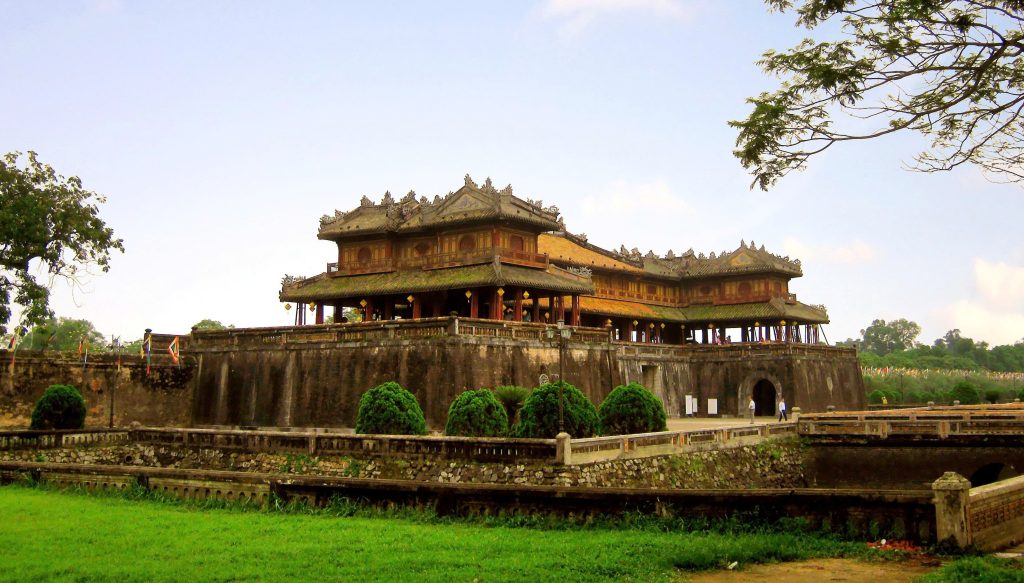
To truly grasp the gravity and nuances of Hue’s wartime history, a guided tour is highly recommended. Local guides often have personal connections to the war, or extensive knowledge passed down through generations, providing invaluable perspectives.
Guided Tours vs. Self-Guided Exploration
- Benefits of a Local Guide: A local guide provides historical context, navigates complex narratives, and can share personal anecdotes or family histories related to the war. They know the best routes, the hidden details, and can offer a respectful lens through which to view the sites. Their insights are crucial for understanding the ethical complexities and human dimensions of the conflict.
- Tips for Self-Guided Visits: While possible, self-guided tours may lack the depth and contextual understanding a guide provides. If opting for this, ensure you have thorough research and maps.
Popular Tour Itineraries and Durations
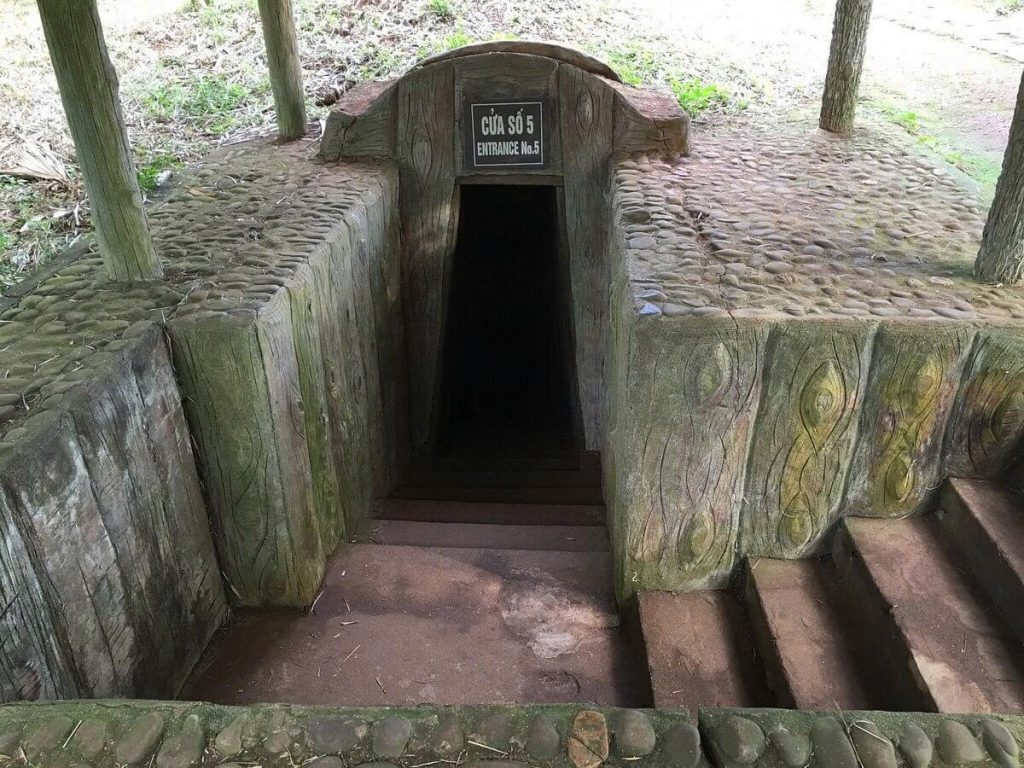
- Half-Day Hue War Tours: These typically focus on the Imperial Citadel and one or two other key sites within the city, ideal for those with limited time.
- Full-Day Hue & DMZ Combination Tours: Many tours from Hue combine the city’s war history with a visit to the nearby DMZ (Demilitarized Zone), including sites like the Vinh Moc Tunnels, Hien Luong Bridge, and Ben Hai River. This offers a broader perspective on the division of Vietnam and the intense border conflicts.
How to identify a trustworthy tour operator.
- Experience and Reviews: Prioritize operators with strong positive reviews focusing on the historical accuracy and sensitivity of their tours. Look for mentions of knowledgeable guides.
- Inclusions and Exclusions: Understand what is covered (transport, entrance fees, meals) and what is not.
- Ethical Considerations: Choose operators that demonstrate respect for the local community and historical sites. Supporting local guides and businesses contributes positively to the regional economy.
Tips for Visiting Hue’s War History Sites
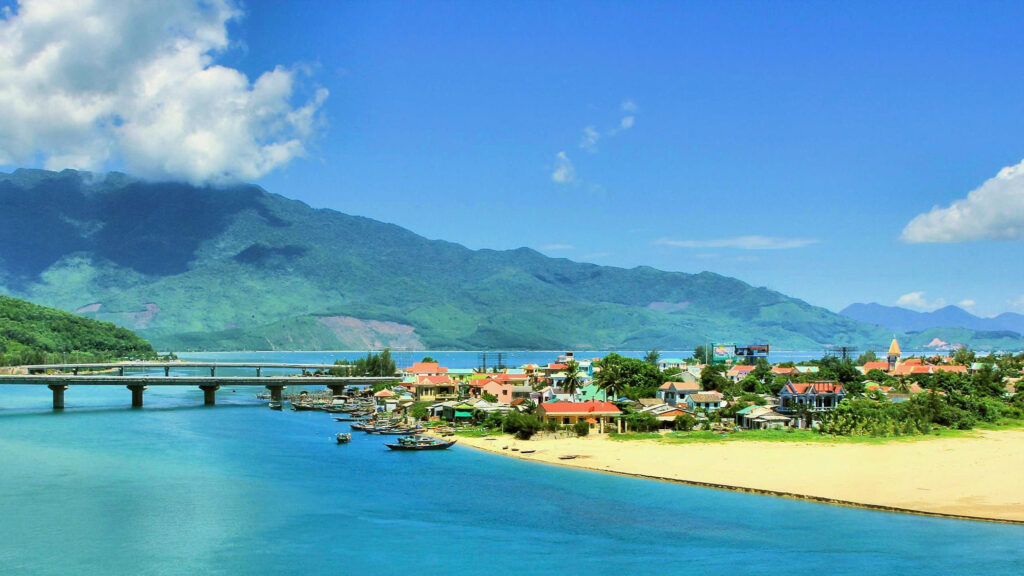
- Best Time to Visit: The dry season (February to April) offers the most pleasant weather. However, be prepared for heat and humidity year-round.
- What to Bring: Comfortable walking shoes, a hat, sunscreen, water, and appropriate clothing (shoulders and knees covered when visiting temples or religious sites).
- Respecting the Sites: These are places of immense historical pain and reflection. Maintain a respectful demeanor, avoid loud conversations, and do not disturb any relics or structures.
- Safety and Local Customs: Always be aware of your surroundings. Engage with locals respectfully and consider learning a few basic Vietnamese phrases.
READ MORE: Best Time to Visit Hue: Your Trip Planning Guide
While the war is an undeniable part of Hue’s identity, the city has blossomed into a vibrant center of culture and heritage. Its enduring spirit of peace and resilience is evident in its restored imperial architecture, delicious cuisine, and the gentle flow of the Perfume River.
Hue Today: A City of Heritage and Peace
Today, Hue welcomes visitors with its serene atmosphere, a stark contrast to its wartime past. The city is a UNESCO World Heritage site, celebrated for its complex of monuments and tombs.
Other Attractions to Explore in Hue
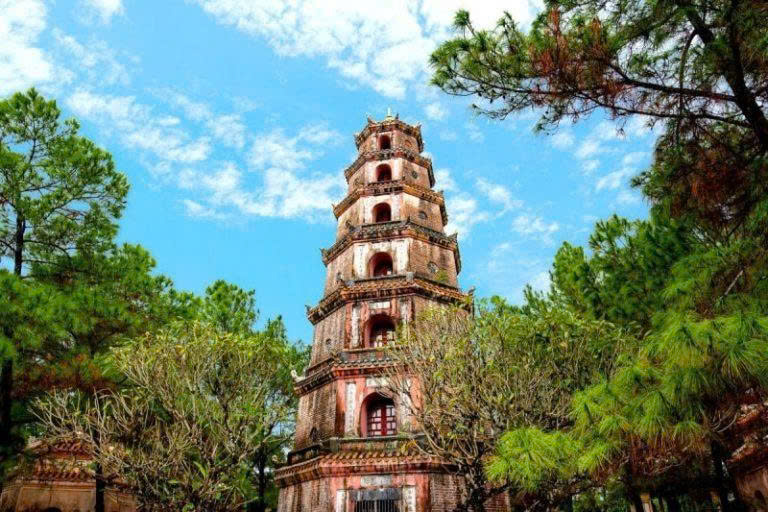
Don’t limit your visit to war sites. Explore the majestic Thien Mu Pagoda, take a dragon boat cruise on the Perfume River, delve into the vibrant Dong Ba Market, and savor the unique Hue imperial cuisine.
RELATED: The Best Spa Resorts in Hue for Your Perfect Wellness Retreat
Hue’s profound connection to the Vietnam War makes it an essential destination for anyone seeking a deeper understanding of this pivotal conflict. By exploring its historic battlefields and engaging with knowledgeable local guides, you’ll not only uncover the intricate details of past events but also gain immense appreciation for the city’s remarkable journey of resilience and renewal. As you leave Hue, you’ll carry with you not just a grasp of its wartime past, but also the enduring spirit of a city that has beautifully rebuilt itself, honoring its heritage while embracing a peaceful future.
- Vietnam Digital Nomad Visa: Guide to Remote Work Residency
- Da Nang vs Nha Trang: Which City is Better for Your Vietnam Trip?
- Ultimate Guide to Jeju Island for Solo Travelers
- Travelers to Thailand will need to complete an online declaration before their arrival
- Tourists to Bali are now required to carry their passports at all times

